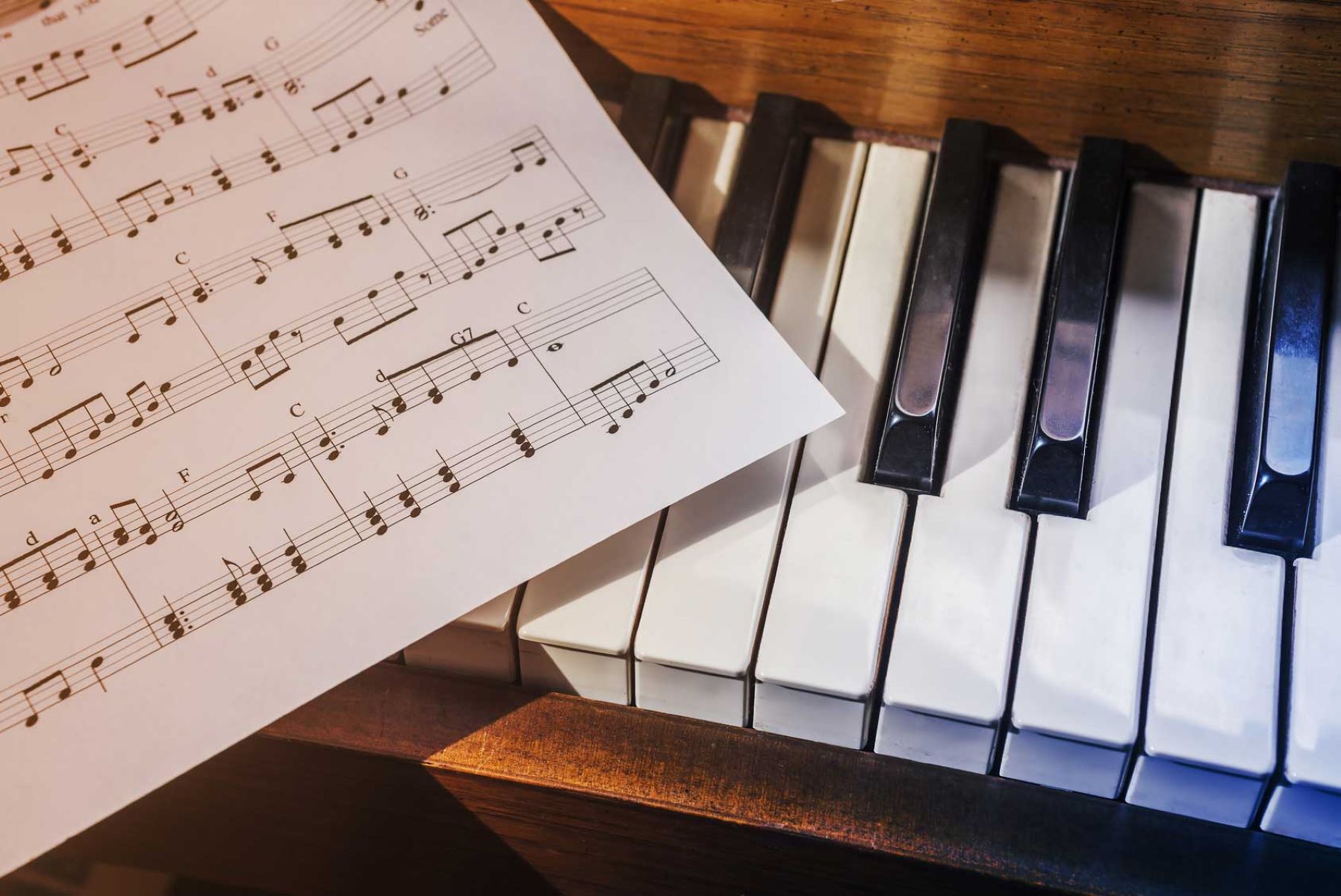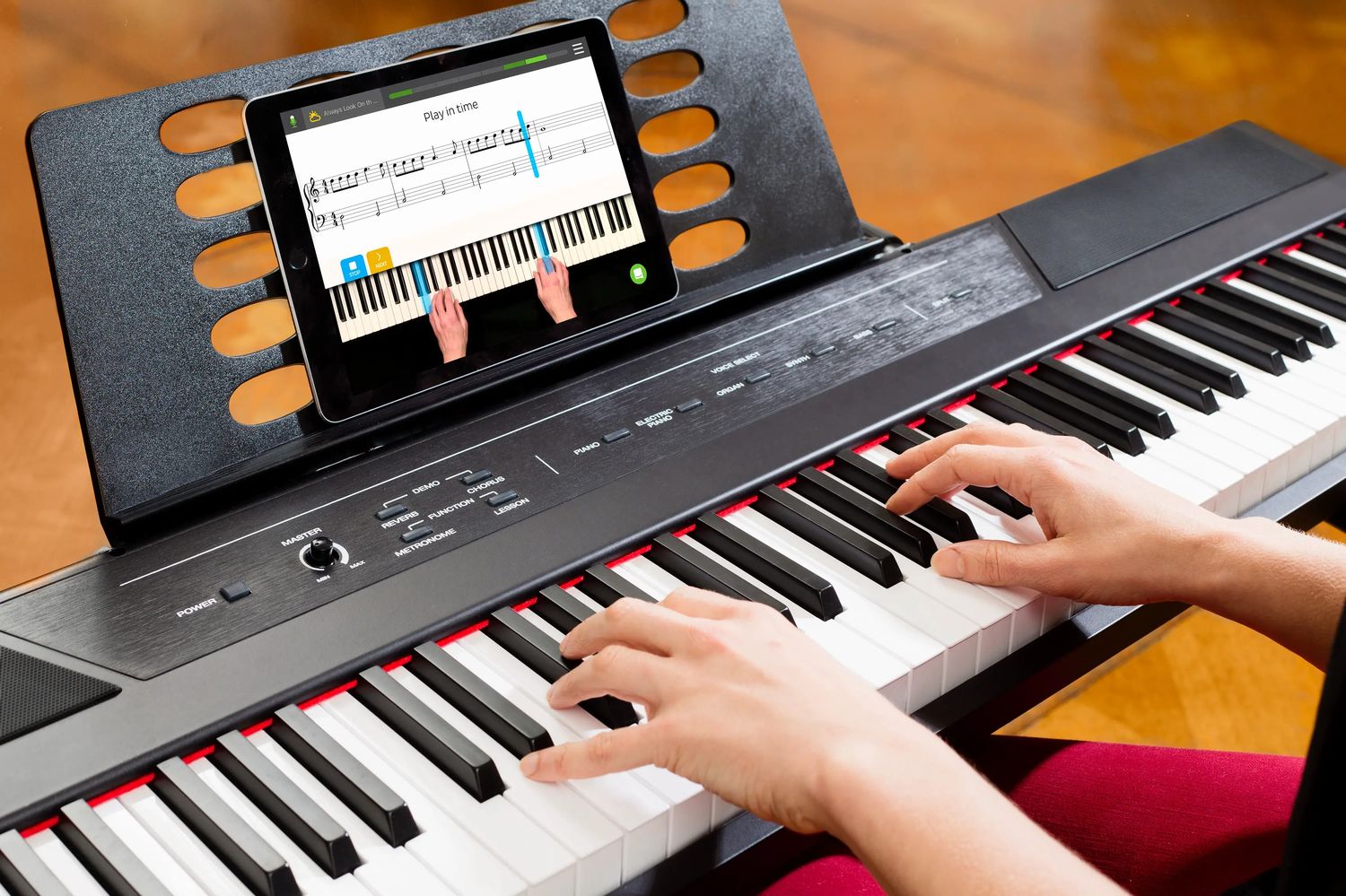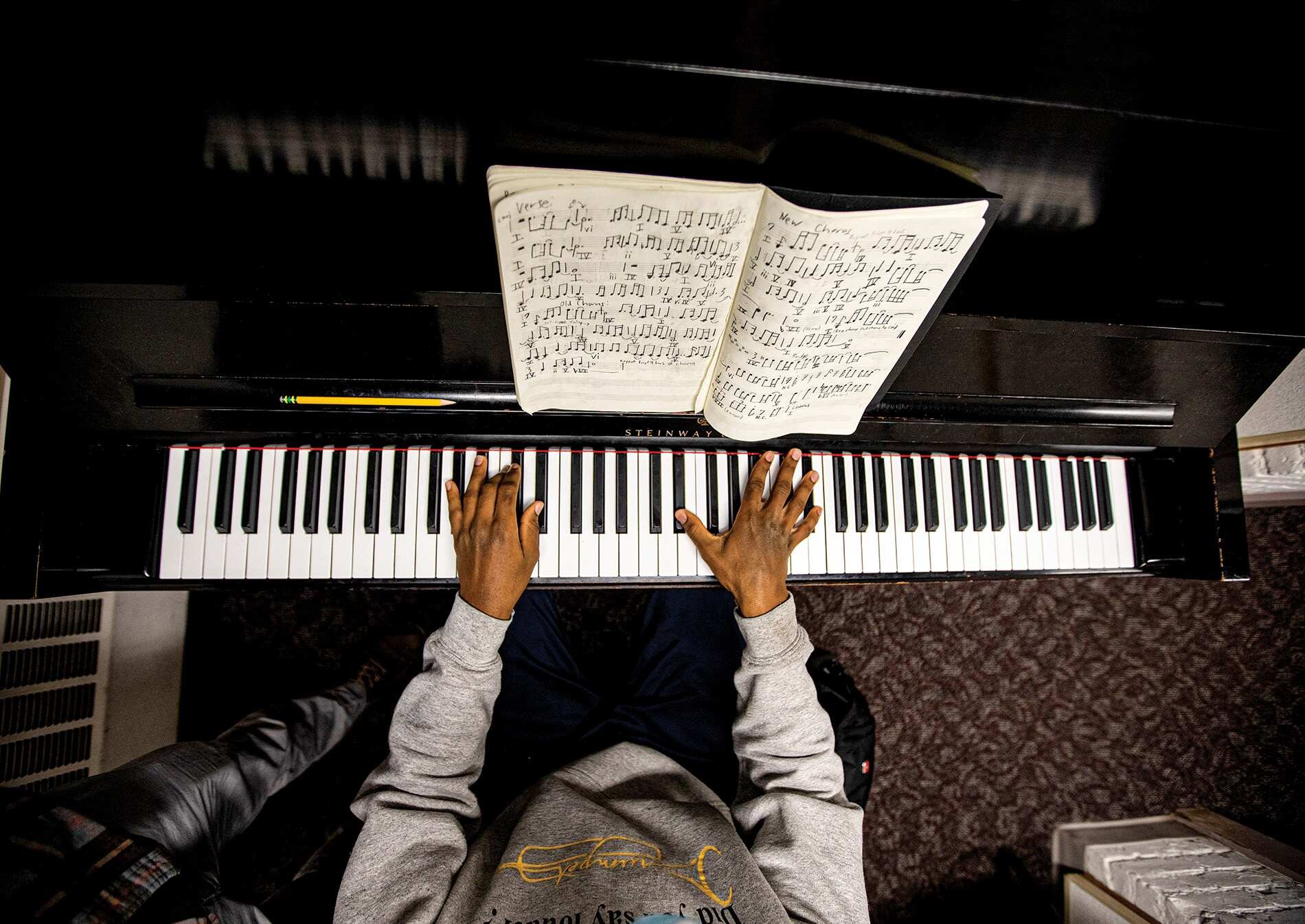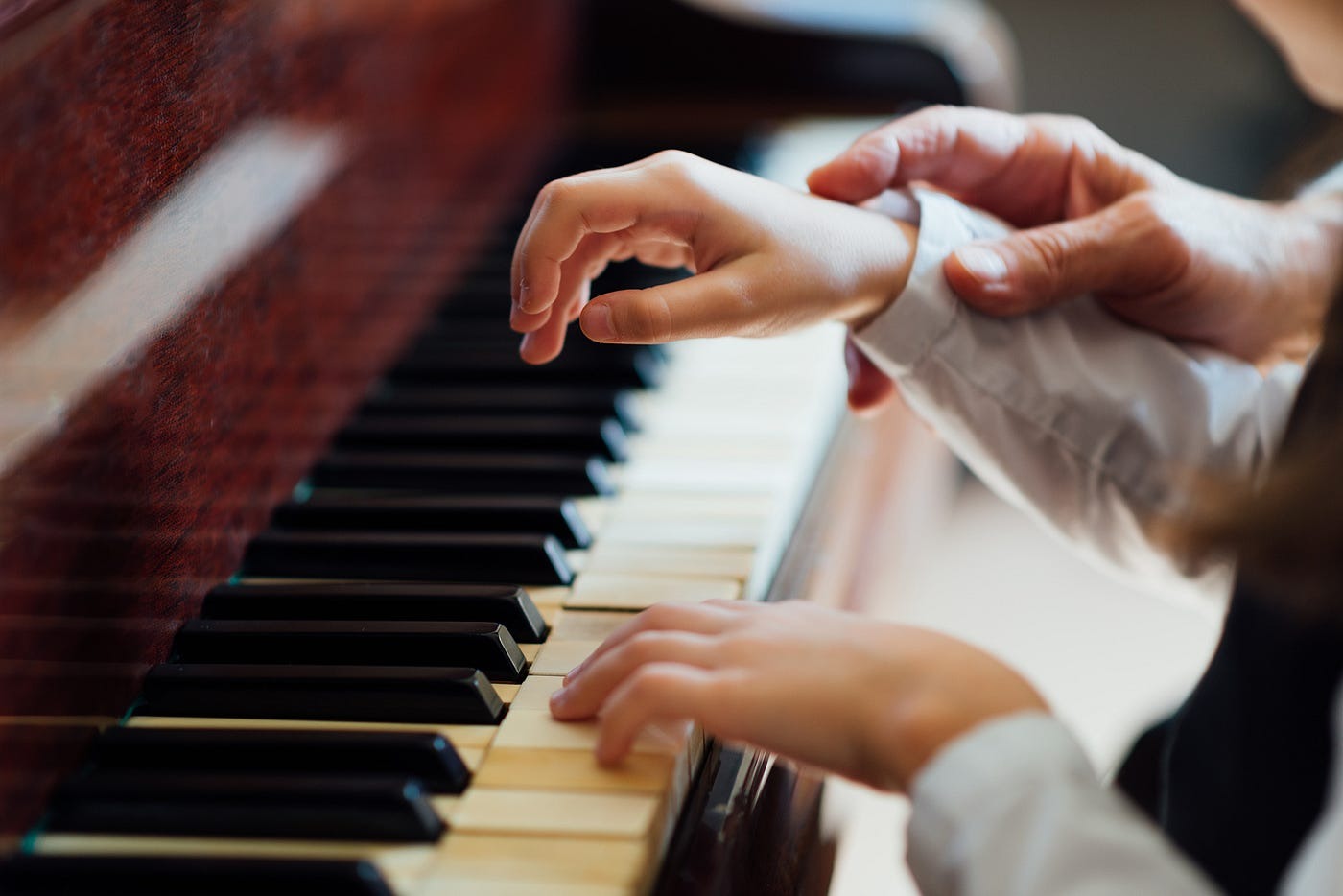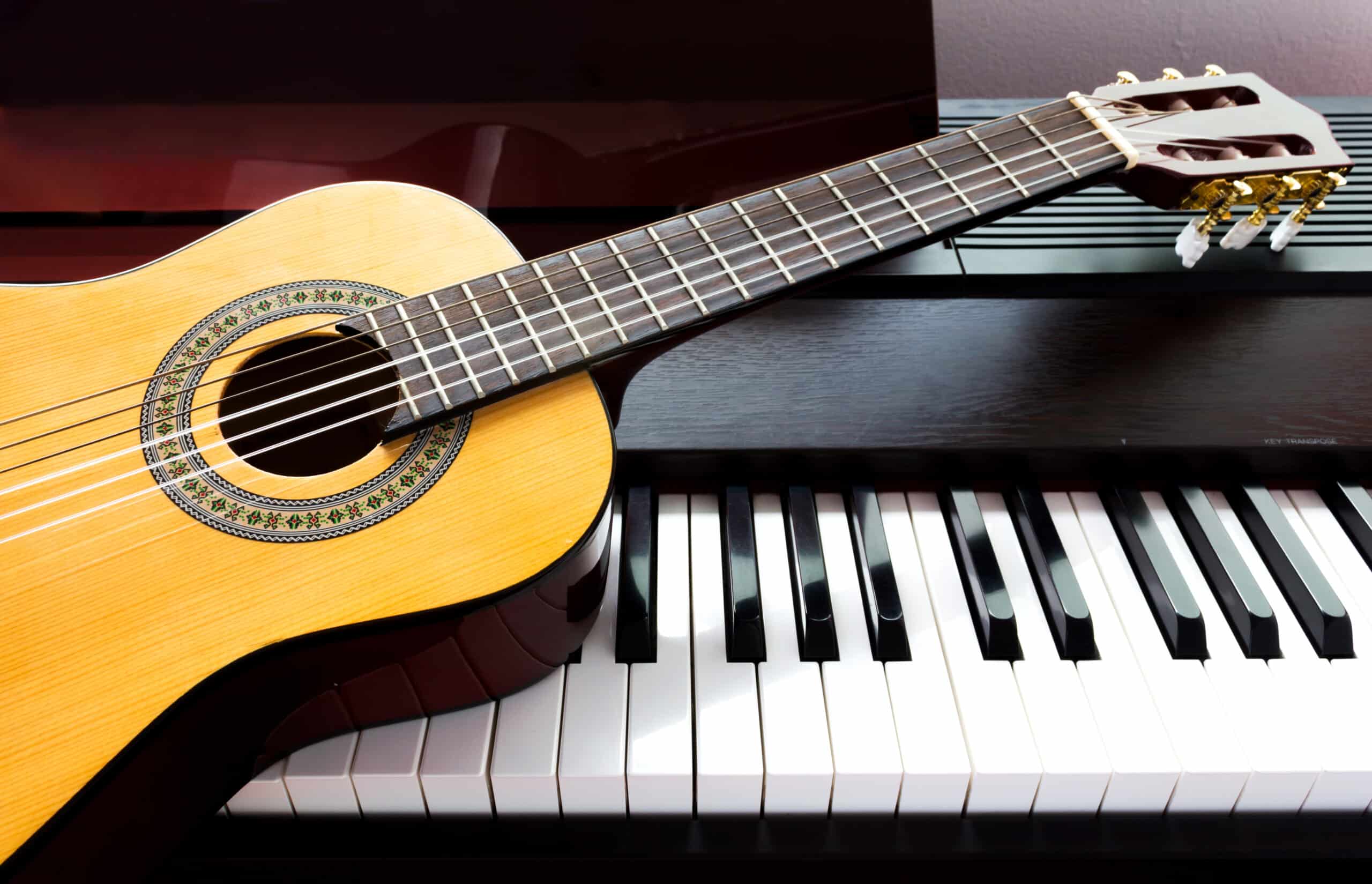Home>Instruments>Piano>How To Start Learning The Piano
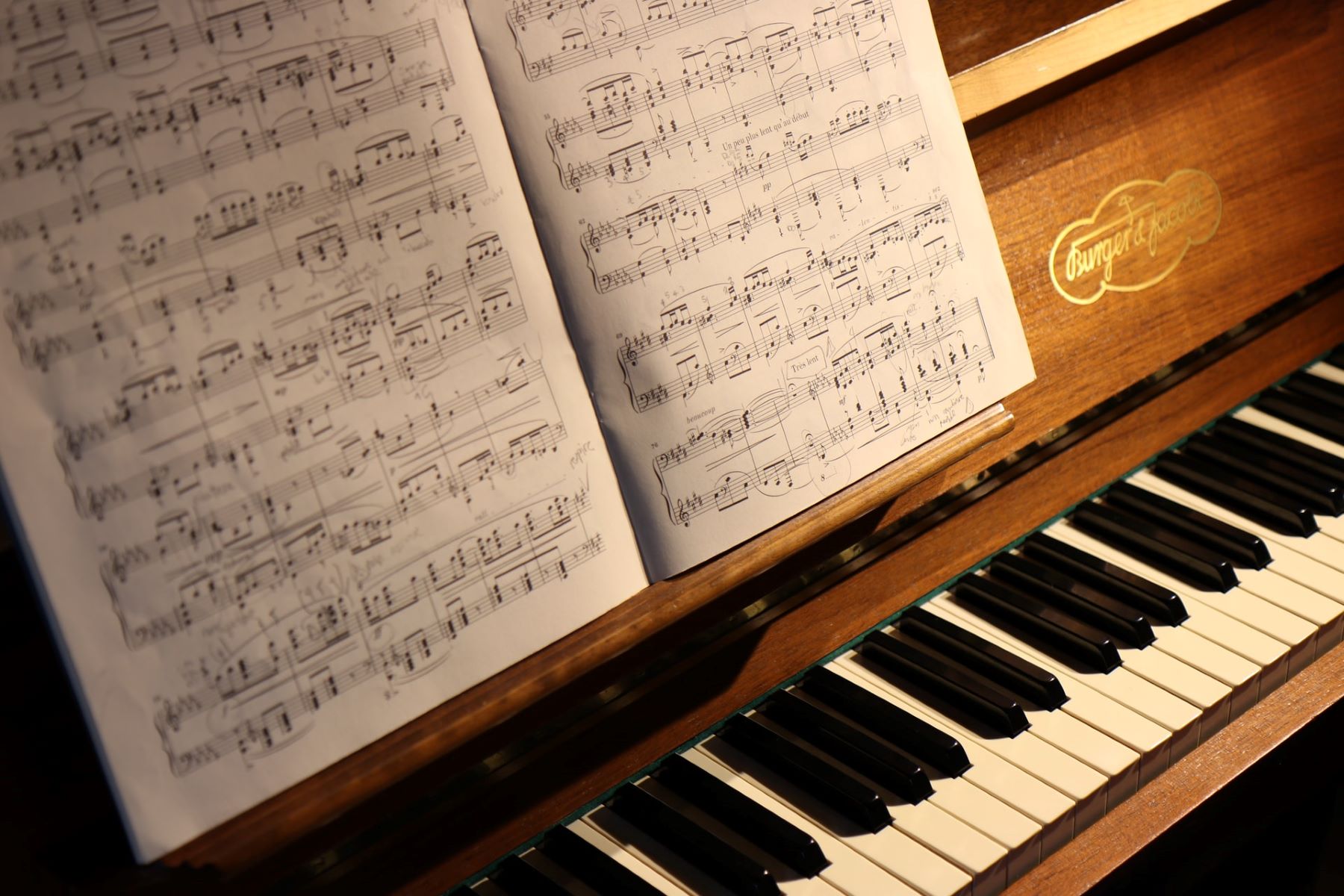

Piano
How To Start Learning The Piano
Modified: February 11, 2024
Learn how to start playing the piano with our beginner's guide. Discover essential tips and resources to kickstart your piano learning journey today.
(Many of the links in this article redirect to a specific reviewed product. Your purchase of these products through affiliate links helps to generate commission for AudioLover.com, at no extra cost. Learn more)
Table of Contents
Introduction
Learning to play the piano is a fulfilling and enriching endeavor that can bring joy to both the player and those who listen. Whether you’re a complete novice or have some musical background, embarking on this musical journey can be both exciting and challenging. The piano is a versatile and expressive instrument that offers a wide range of musical possibilities, making it a popular choice for aspiring musicians of all ages.
As you begin your journey into the world of piano playing, it’s important to approach the learning process with patience, dedication, and a willingness to embrace new challenges. While mastering the piano may seem daunting at first, with the right guidance and practice, you can make significant progress and experience the joy of creating beautiful music.
This comprehensive guide is designed to provide you with the essential knowledge and skills needed to start learning the piano. From understanding the basic equipment required to learning proper hand positioning and delving into fundamental music theory, each aspect plays a crucial role in your development as a pianist. Additionally, we’ll explore the importance of seeking professional instruction and the benefits of practicing scales, exercises, and simple songs to build a strong foundation for your musical journey.
Whether you aspire to play classical masterpieces, popular tunes, or create your own music, the piano offers a world of possibilities for self-expression and creativity. By following the steps outlined in this guide and maintaining a positive attitude, you can embark on a rewarding musical adventure that will enrich your life for years to come.
Getting the Right Equipment
Before diving into your piano learning journey, it’s crucial to ensure that you have the right equipment to support your practice and progress. The most fundamental piece of equipment you’ll need is, of course, a piano or keyboard. When choosing a piano, consider whether you prefer an acoustic piano or a digital keyboard. Acoustic pianos offer a rich, authentic sound and touch response, while digital keyboards provide versatility and often come with additional features such as built-in metronomes, recording capabilities, and various instrument sounds.
If you opt for an acoustic piano, there are two main types to consider: upright pianos and grand pianos. Upright pianos are suitable for smaller spaces and are often more affordable, while grand pianos offer a superior sound quality and a more responsive touch due to their larger size. Digital keyboards, on the other hand, are portable and can be played with headphones, making them a convenient option for those with limited space or the need for quiet practice.
In addition to the piano or keyboard, investing in a sturdy and adjustable piano bench or chair is essential for maintaining proper posture and comfort during practice sessions. Proper seating can help prevent strain and discomfort, allowing you to focus on developing your skills without unnecessary physical distractions.
Furthermore, it’s advisable to have a reliable music stand to support your sheet music or digital device while practicing. This will ensure that your music is at eye level, promoting good posture and reducing the risk of strain from constantly looking down at your music.
Finally, if you’ve chosen a digital keyboard, consider acquiring a sustain pedal to emulate the sustained tones produced by an acoustic piano. This pedal is a valuable tool for enhancing the expressiveness of your playing, particularly when delving into more advanced repertoire.
By carefully selecting the right equipment tailored to your preferences and needs, you can create an optimal environment for your piano learning journey and set the stage for enjoyable and productive practice sessions.
Basic Music Theory
Understanding basic music theory is essential for any aspiring pianist. While it may seem daunting at first, having a foundational knowledge of music theory will greatly facilitate your learning process and enable you to comprehend and interpret musical pieces more effectively.
One fundamental concept to grasp is the layout of the piano keyboard. The piano consists of 88 keys, including white and black keys. The arrangement of these keys follows a pattern of repeating octaves, with each octave encompassing eight notes. Learning to identify and navigate the keyboard is a crucial first step in understanding music theory.
Additionally, familiarizing yourself with the musical staff, clefs, and basic note values is essential. The musical staff consists of five lines and four spaces, upon which notes are placed to represent their pitch and duration. Treble clef is typically used for the right hand, while bass clef is used for the left hand. Understanding note values, such as whole notes, half notes, quarter notes, and their respective rests, is vital for interpreting rhythm and timing in music.
Furthermore, gaining a basic understanding of scales, chords, and intervals will greatly enhance your ability to comprehend and play music. Scales are sequences of notes that form the basis of melodies and harmonies, while chords are combinations of multiple notes played simultaneously to create harmony. Intervals refer to the distance between two notes and play a crucial role in understanding melody and harmony.
As you delve into basic music theory, don’t be discouraged by the initial complexity. Take your time to absorb the fundamental concepts, and consider incorporating them into your practice sessions. Many resources, including online tutorials, books, and instructional videos, can assist you in grasping these concepts at your own pace.
By familiarizing yourself with basic music theory, you’ll gain a deeper appreciation for the structure and language of music, paving the way for a more profound and fulfilling piano learning experience.
Learning Proper Hand Position
Establishing proper hand position is crucial for developing good technique and maximizing your playing potential on the piano. The way you position your hands and fingers directly impacts your ability to play with precision, agility, and comfort. By adhering to correct hand positioning from the outset, you can avoid developing bad habits and minimize the risk of strain or injury as you progress.
When sitting at the piano, it’s important to maintain a relaxed and natural posture. Sit with your back straight but not rigid, and position yourself at a comfortable distance from the keys. Your arms should hang naturally by your sides, allowing your elbows to form a gentle angle. Placing a cushion or folded towel on the edge of the seat can help maintain proper posture and prevent slouching.
For proper hand position, start by positioning your hands so that your fingers are gently curved, with your fingertips resting on the keys. Avoid flattening or tensing your fingers, as this can hinder your dexterity and control. The natural curve of your fingers should resemble a relaxed arch, enabling you to strike the keys with precision and fluidity.
When playing, aim to keep your wrists level with the piano keys, neither drooping nor elevated. This position allows for optimal control and flexibility in your hand movements. Be mindful of any tension in your wrists and strive to maintain a relaxed and supple posture, as tension can impede your ability to play with ease and fluidity.
As you navigate the keyboard, pay attention to the alignment of your fingers with the keys. Each finger should be assigned to specific keys, with the thumb designated for the white keys and the other fingers assigned to both white and black keys. This allocation enables efficient finger movement and facilitates the execution of various musical passages with accuracy.
Regularly practicing scales, arpeggios, and technical exercises can help reinforce proper hand position and finger placement. These exercises not only enhance your dexterity and finger strength but also instill muscle memory for optimal hand positioning, contributing to overall improvement in your playing.
By prioritizing and maintaining proper hand position, you’ll lay a solid foundation for your piano journey, enabling you to progress with confidence and proficiency as you tackle increasingly challenging repertoire.
Understanding Piano Notation
Mastering piano notation is a fundamental aspect of learning to play the instrument. Piano notation serves as the written language of music, allowing musicians to interpret and reproduce musical compositions accurately. Familiarizing yourself with the various elements of piano notation will empower you to read and understand sheet music, enabling you to bring musical compositions to life on the keyboard.
One of the primary components of piano notation is the musical staff, which consists of five horizontal lines and four spaces. Notes are placed on the staff to represent their pitch and duration, with higher pitches located on the upper portion of the staff (notated with the treble clef) and lower pitches on the lower portion (notated with the bass clef).
Each note on the staff corresponds to a specific key on the piano keyboard. The placement of notes on the staff indicates the pitch at which they should be played, while the shape and style of the note determine their duration. Whole notes, half notes, quarter notes, and eighth notes are among the most commonly used note values, each representing a specific duration of time.
In addition to notes, piano notation includes various symbols and markings that convey essential musical instructions. These may include dynamic markings (indicating volume and intensity), articulations (such as staccato and legato), tempo indications, and pedal markings. Understanding these symbols is crucial for accurately interpreting the expressive and technical aspects of a musical piece.
As you delve into piano notation, it’s beneficial to practice sight-reading exercises to enhance your ability to interpret and play music fluently. Sight-reading involves playing music from a written score without prior rehearsal, and regular practice in this area can significantly improve your reading skills and overall proficiency as a pianist.
Furthermore, familiarizing yourself with chord symbols, lead sheets, and other forms of notation commonly used in contemporary music can broaden your musical repertoire and enable you to play a diverse range of musical styles and genres.
By developing a strong grasp of piano notation, you’ll gain the ability to interpret and perform a wide array of musical compositions with accuracy and expression, unlocking a world of musical possibilities on the piano.
Practicing Scales and Exercises
Engaging in regular scale practice and technical exercises is a cornerstone of effective piano learning. Scales, arpeggios, and various technical drills not only enhance finger dexterity and strength but also cultivate a deeper understanding of music theory, ear training, and overall musicality. By incorporating these foundational exercises into your practice routine, you can build a strong technical foundation and develop the skills necessary to tackle more challenging repertoire with confidence.
Scales are sequences of notes played in ascending and descending order, typically spanning one or more octaves. They are essential for developing finger independence, coordination, and familiarity with key signatures. Major and minor scales are the most commonly practiced, and mastering these fundamental scales in all keys is a valuable investment in your musical development.
Arpeggios, which consist of the individual notes of a chord played consecutively, are another vital technical exercise. Practicing arpeggios enhances your ability to navigate chord progressions and fosters a deeper understanding of harmonic structures, providing a solid foundation for interpreting and performing complex musical compositions.
Technical exercises, such as finger strengthening drills, hand independence exercises, and coordination challenges, are instrumental in honing your piano technique. These exercises target specific areas of technical development, such as agility, speed, and control, and contribute to overall proficiency in piano playing.
When practicing scales and exercises, focus on maintaining a relaxed and fluid hand position, and pay attention to evenness and clarity in your playing. Start at a comfortable tempo and gradually increase the speed as your proficiency improves. Consistency and patience are key, and regular practice of these foundational exercises will yield significant improvements in your playing ability over time.
Moreover, integrating scales and technical exercises into your practice routine can serve as an effective warm-up, preparing your fingers and mind for more demanding musical repertoire. By dedicating a portion of each practice session to these foundational exercises, you can ensure steady progress and continual refinement of your technical skills.
As you commit to practicing scales and exercises, remember that these fundamental drills are not merely mechanical routines, but essential tools for cultivating a strong and versatile technique that will serve you well as you explore the rich and diverse world of piano music.
Playing Simple Songs
Transitioning from technical exercises to playing simple songs is an exciting and pivotal stage in your piano learning journey. Simple songs, often referred to as beginner or elementary pieces, provide an opportunity to apply your growing technical skills and musical knowledge in a practical and enjoyable context. These pieces are designed to be approachable for novice pianists, allowing you to experience the satisfaction of playing recognizable melodies while reinforcing fundamental musical concepts.
When selecting simple songs to play, consider choosing familiar tunes or pieces that resonate with your musical preferences. Many beginner-level piano books and online resources offer a wide selection of well-known melodies, folk songs, classical themes, and popular tunes arranged for novice pianists. Engaging with music that inspires and captivates you can enhance your motivation and enjoyment as you begin to explore the repertoire.
As you embark on playing simple songs, pay attention to the musical elements present in each piece. Focus on interpreting dynamics (variations in volume), articulations (such as staccato and legato), and phrasing to infuse the music with expression and nuance. Additionally, be mindful of rhythm and timing, aiming for steady and consistent pacing as you play through the piece.
Playing simple songs also provides an opportunity to develop your listening skills and ear training. Listening closely to the melodies and harmonies as you play will deepen your musical awareness and help you internalize the structure and character of the music. This active listening fosters a deeper connection with the pieces you play, laying the groundwork for more nuanced and expressive performances in the future.
Moreover, as you progress through simple songs, take note of the different keys, time signatures, and musical forms present in the repertoire. These fundamental elements contribute to a well-rounded understanding of music and prepare you for exploring more complex compositions as your skills advance.
Remember that the journey of playing simple songs is not solely about mastering individual pieces, but also about embracing the joy of making music and expressing yourself through the piano. Embrace each piece as an opportunity to cultivate your musicality and creativity, and celebrate the progress you make as you bring these melodies to life on the keyboard.
Seeking Professional Instruction
While self-guided learning and exploration are valuable components of a piano journey, seeking professional instruction can significantly enhance your musical development and provide invaluable guidance tailored to your individual needs and goals. Whether you’re a beginner seeking to establish a strong foundation or an intermediate player aspiring to refine your skills, working with a qualified piano instructor offers numerous benefits that can accelerate your progress and deepen your understanding of the instrument.
A professional piano teacher brings expertise, experience, and personalized attention to your learning process. They can assess your current abilities, identify areas for improvement, and design a structured curriculum to address your specific strengths and challenges. This tailored approach ensures that you receive targeted instruction that aligns with your learning pace and musical aspirations.
Furthermore, a skilled instructor can provide valuable feedback on your technique, posture, and musical interpretation, helping you refine your playing and avoid developing detrimental habits. Their guidance on hand positioning, finger movement, and expressive techniques can elevate your playing to new levels of artistry and precision.
Working with a piano teacher also offers accountability and motivation. Regular lessons provide a structured framework for consistent practice and progress, and the encouragement and support of a knowledgeable mentor can inspire you to stay dedicated and enthusiastic about your musical pursuits.
Additionally, a professional instructor can introduce you to a diverse range of musical styles, genres, and repertoire, broadening your musical horizons and nurturing a well-rounded appreciation for different musical traditions. Their expertise can guide you through classical masterpieces, contemporary compositions, improvisation, music theory, and more, enriching your musical education and fostering a deeper connection to the piano as an expressive medium.
When seeking professional instruction, consider the qualifications, teaching approach, and compatibility of potential instructors. Look for educators who possess a strong pedagogical background, effective communication skills, and a genuine passion for nurturing students’ musical growth. A positive and supportive learning environment is essential for fostering creativity, confidence, and a lifelong love for playing the piano.
Ultimately, the guidance and mentorship of a professional piano instructor can empower you to reach your full potential as a pianist, guiding you through challenges, celebrating your achievements, and nurturing a lifelong love for music and the piano.
Conclusion
Embarking on the journey of learning the piano is a transformative and deeply rewarding experience that offers a myriad of personal and musical benefits. From the initial steps of acquiring the right equipment to delving into the nuances of piano notation and embracing the guidance of a professional instructor, each facet of the learning process contributes to your growth as a pianist and a musician.
As you progress through the foundational aspects of piano learning, remember that patience, dedication, and a positive mindset are essential allies on your musical journey. Embrace the challenges and triumphs that come with mastering proper hand position, understanding music theory, and practicing scales and exercises. These fundamental building blocks lay the groundwork for your continued growth and proficiency at the piano.
Playing simple songs serves as a bridge between technical exercises and the expressive art of music-making. Embrace each piece as an opportunity to infuse your playing with emotion, creativity, and personal interpretation, fostering a deep connection to the music and the instrument.
Seeking professional instruction can provide invaluable guidance, personalized feedback, and a supportive framework for your musical development. A skilled instructor can illuminate new avenues of musical exploration, refine your technique, and inspire you to reach new heights of artistry and expression.
As you navigate the intricacies of piano learning, remember that the journey is as enriching as the destination. Embrace the joy of making music, celebrate your progress, and remain open to the endless possibilities that the piano offers for self-expression and creativity.
Whether you aspire to play classical masterpieces, popular tunes, or create your own compositions, the piano is a versatile and enduring source of musical fulfillment. With dedication, perseverance, and a love for music, your piano journey will continue to unfold, bringing the gift of music into your life and the lives of those who have the pleasure of listening to your playing.


